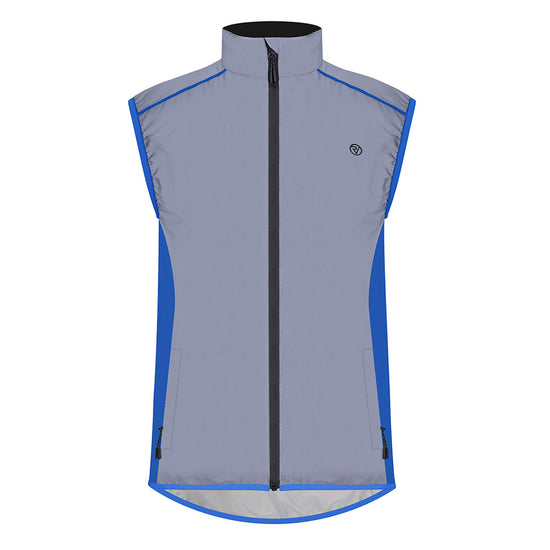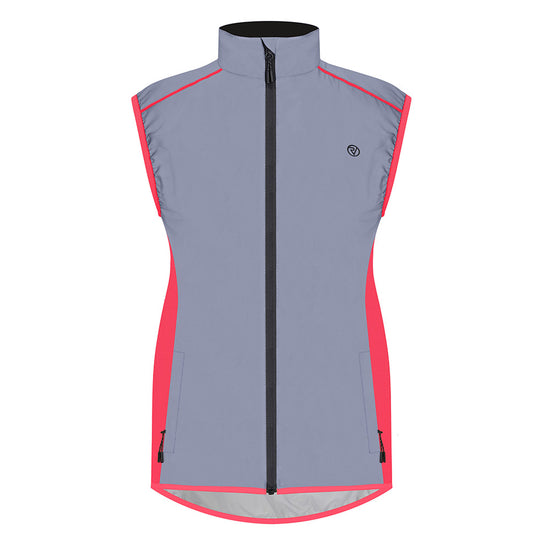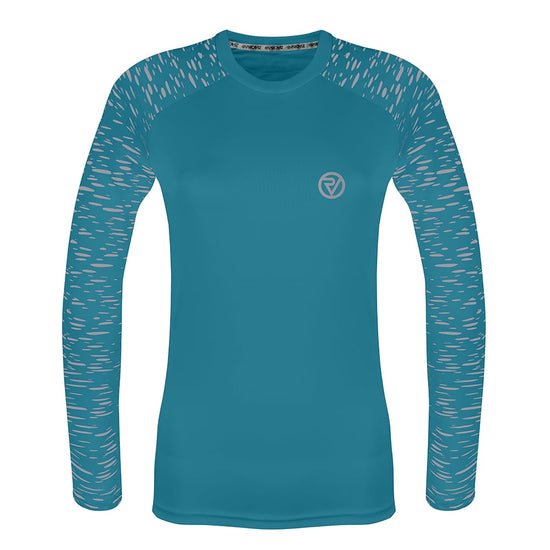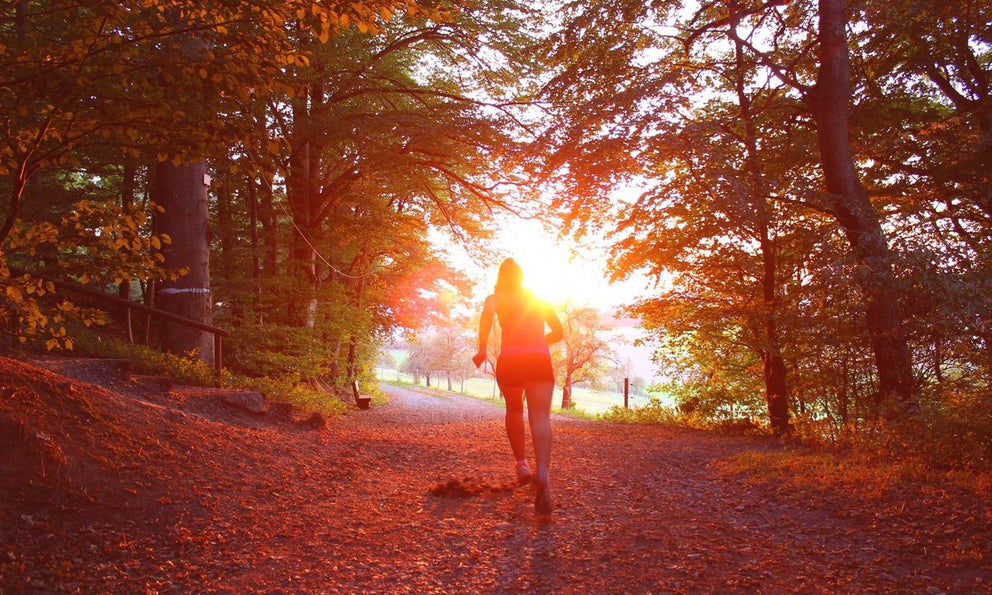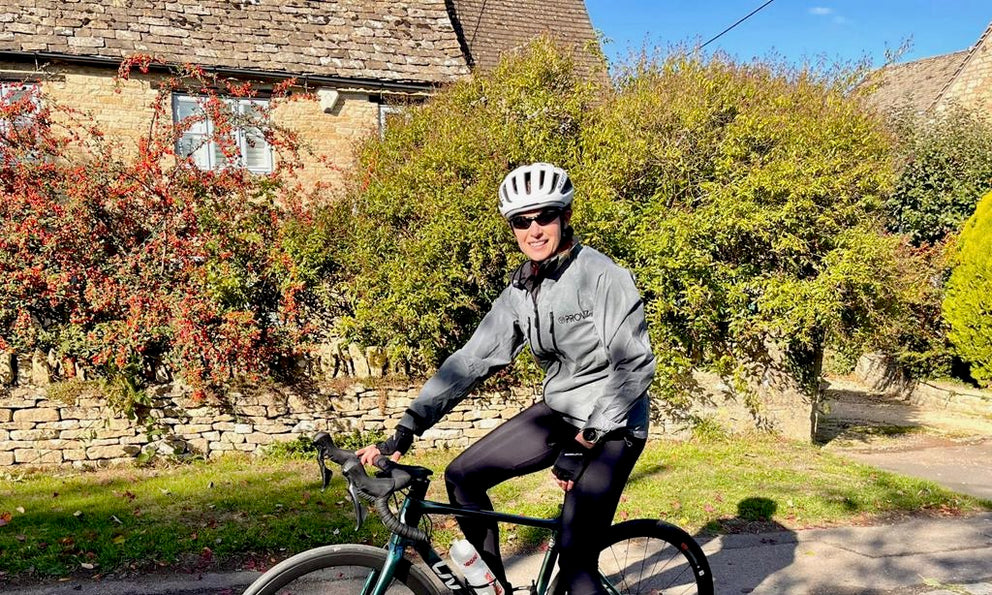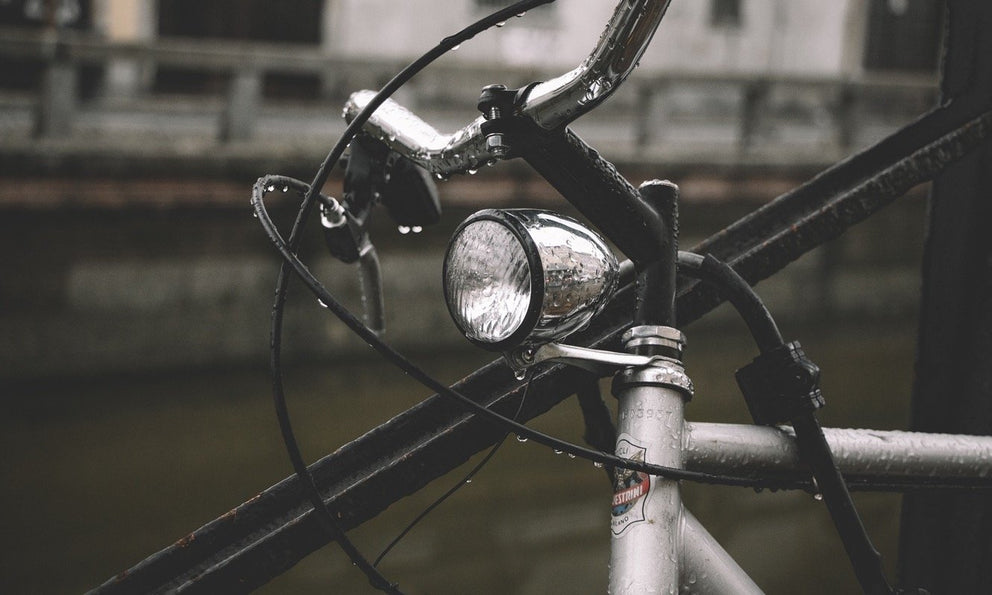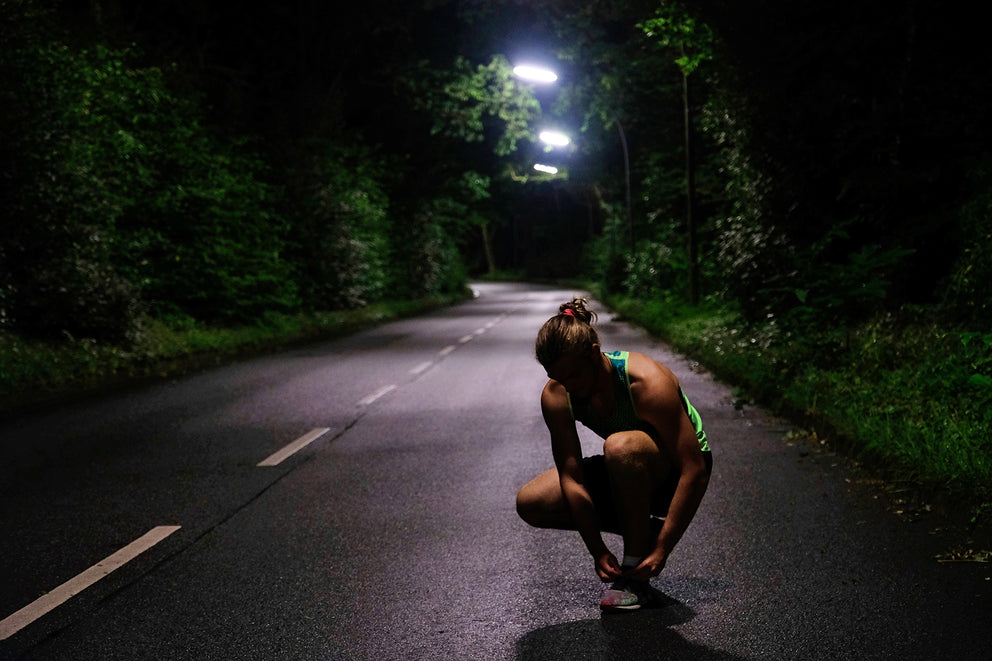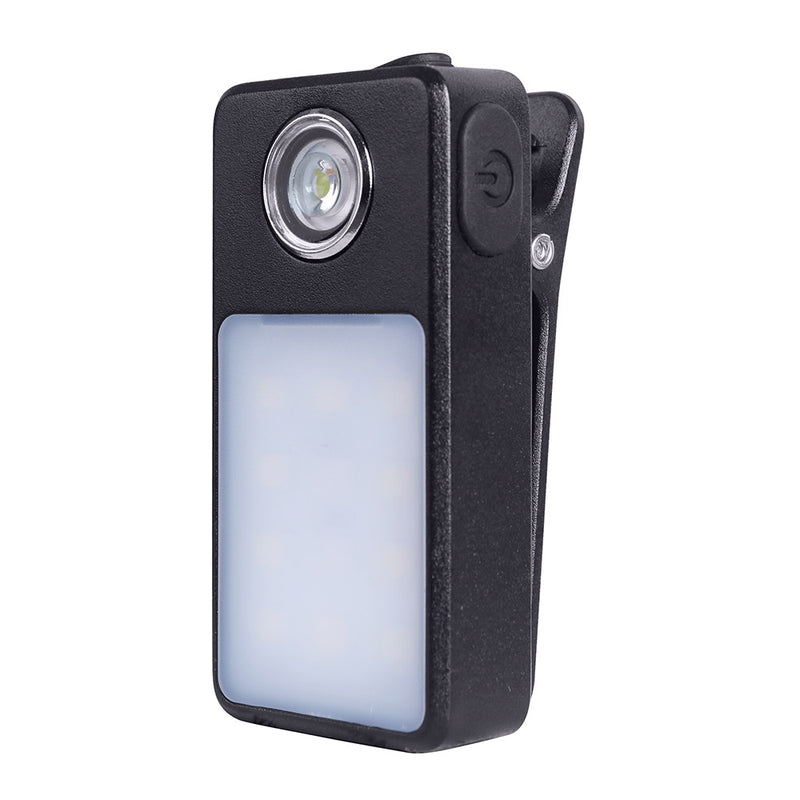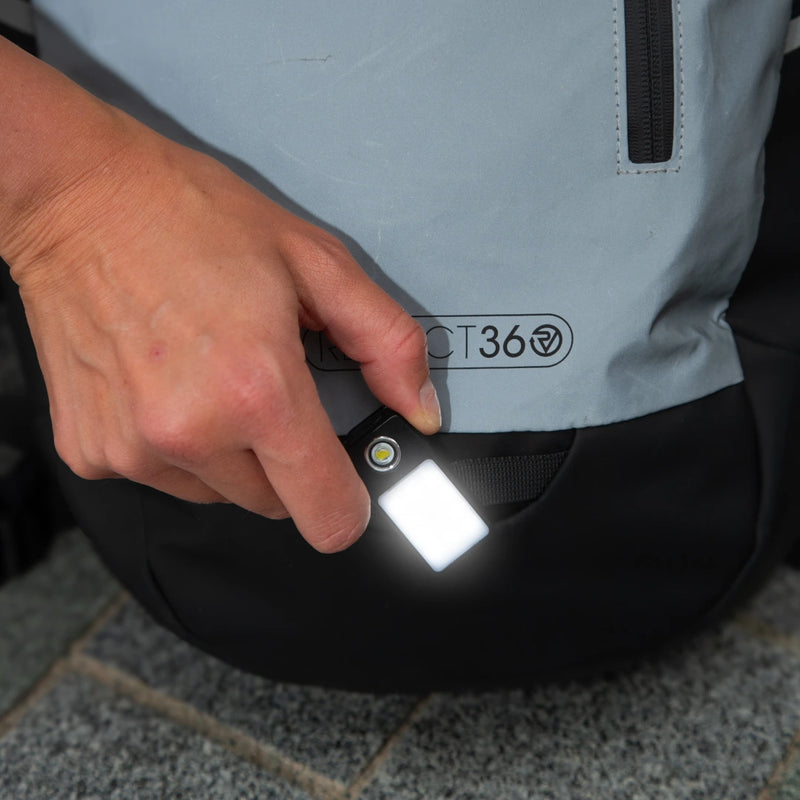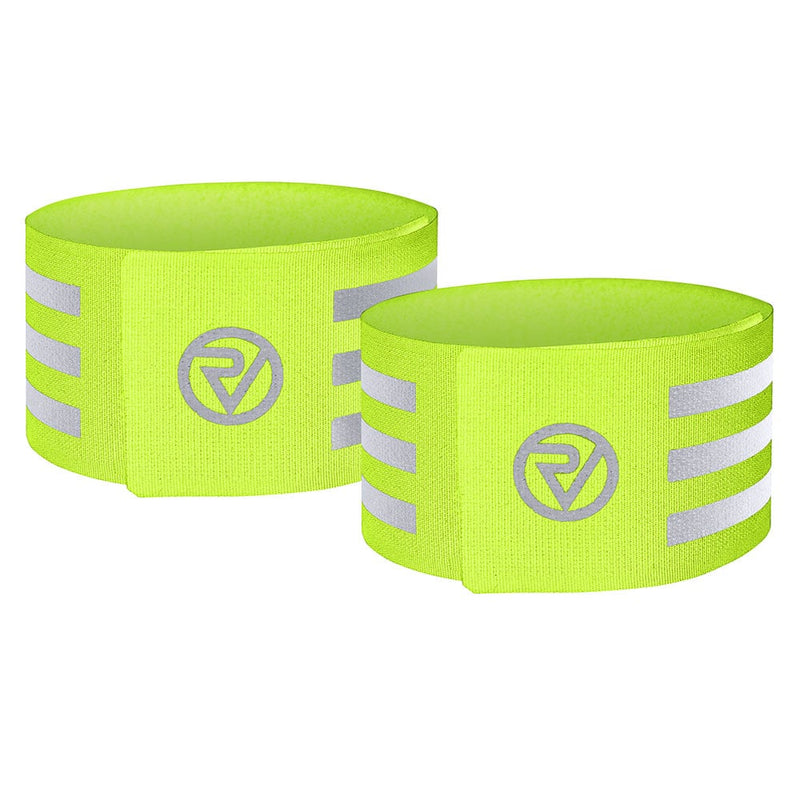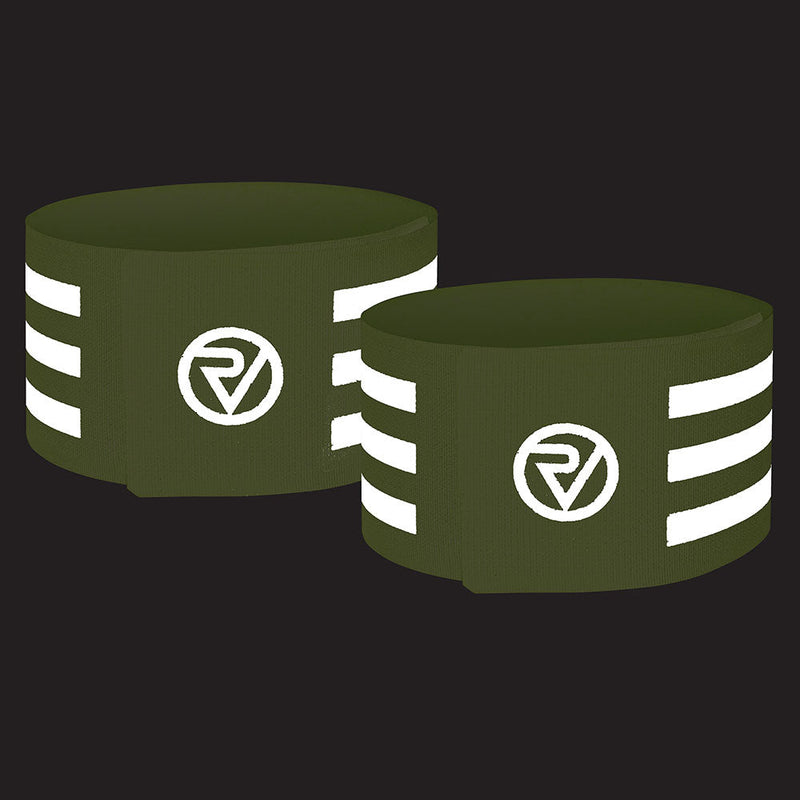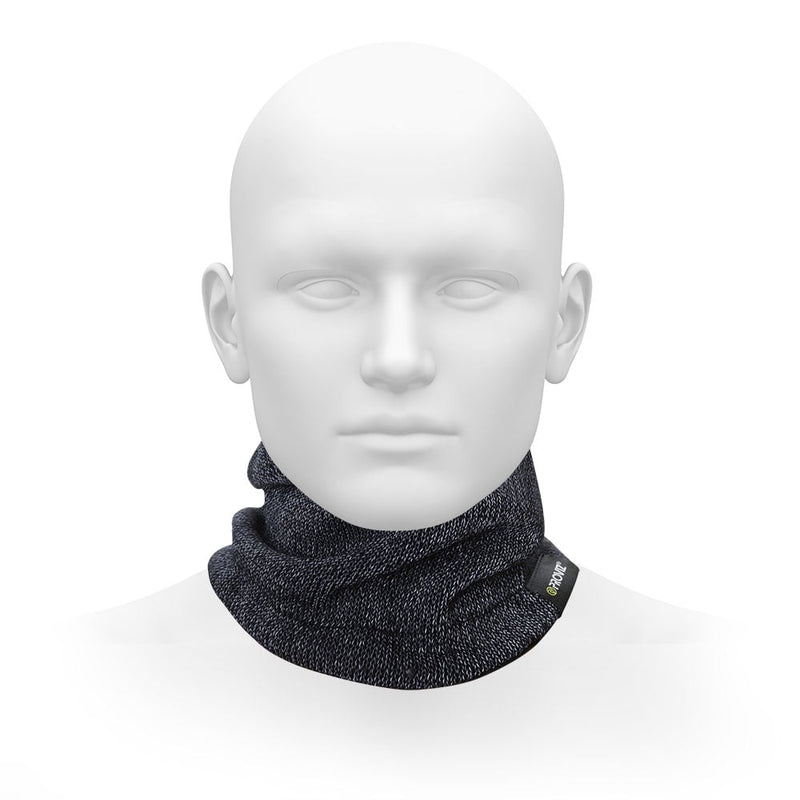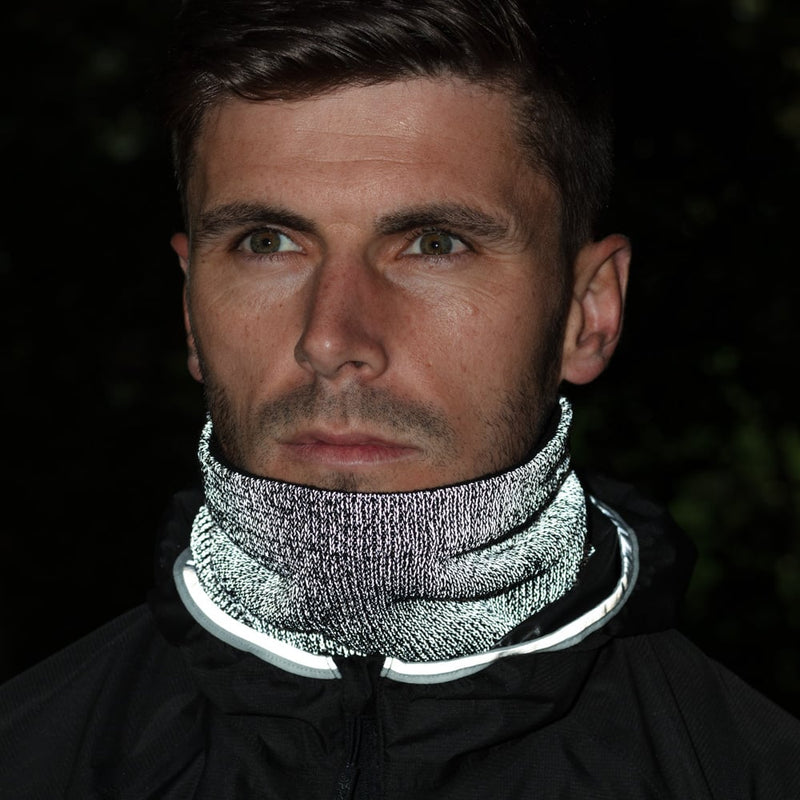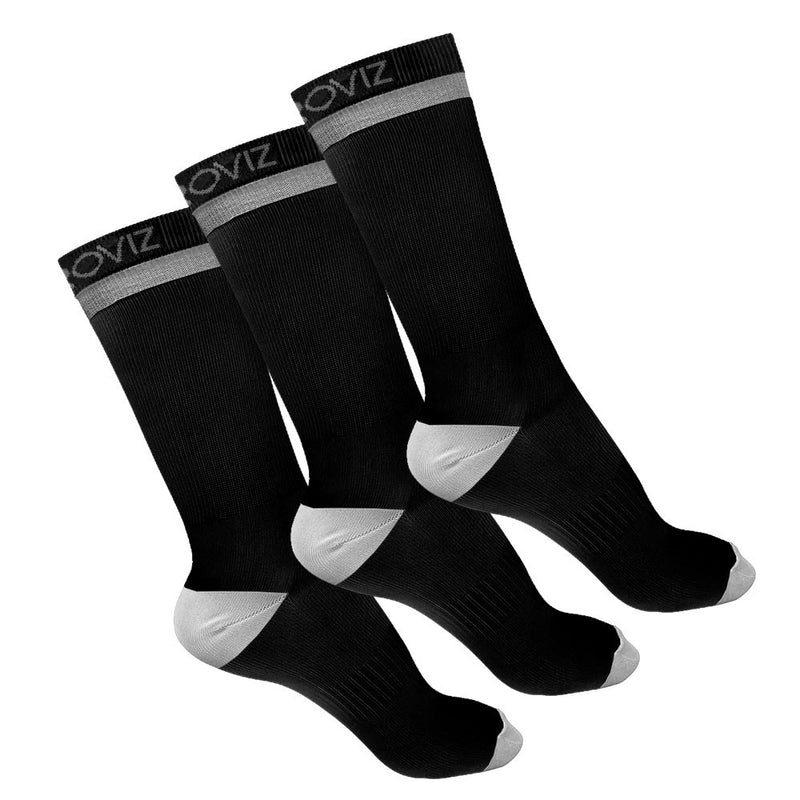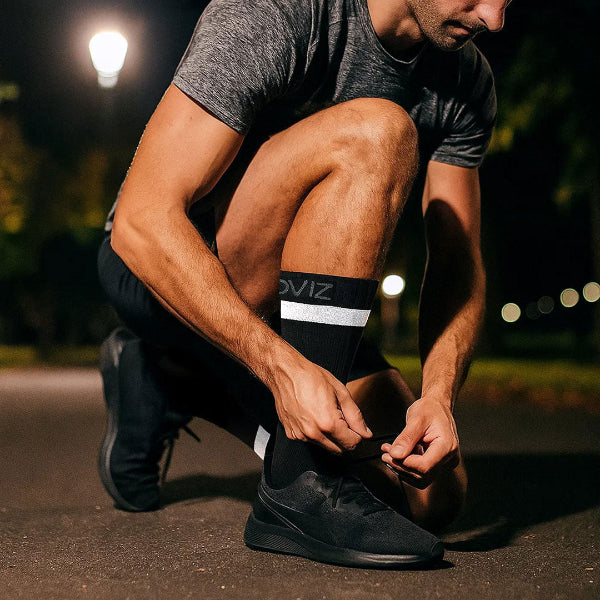As the evenings start drawing in and there is a distinct fall chill to the air, it’s time for runners and cyclists to ensure that they are fully prepared for the shorter days ahead. Both cycling and running are great sports for the ‘spontaneous workout’. Unlike football or rugby, where you need team mates, an opposing team and a pitch on which to play, or rowing where you need a boat, oars and a suitable body of water, running and cycling just require some basic kit and a dash of motivation.
However, if you have spent the summer enjoying spur-of-the-moment running or cycling opportunities in the early mornings or evenings, then this time of year can really catch you out. A successful (and safe) 6.30am/6.30pm outing one week can change in a matter of days and become a nerve-wracking, ill-lit adventure for which you are not safely kitted out.
We have put together two comprehensive lists – one for runners and one for cyclists – to help you stay safe and seen as the days shorten and our workouts are increasingly undertaken in the dark or half light. The changing seasons should not curtail or put a stop to our activities, but it is important to be ready for the changing conditions.

The Runner’s Fall Checklist
Fall is a great season for runners. The changing colours of the leaves provide a beautiful backdrop for your workouts and the cooler temperatures are often more comfortable for running. However, there are a few ways that this time of year can catch even a seasoned runner out, so here’s a list of things you should do sooner rather than later, so that you are safe and comfortable on all those snatched fall running opportunities.
1. Dig Out Your High Vis
It may have been at the bottom of a drawer or even in the attic for the past few months, but now is the time to put your high vis on a peg with your coats or on a shelf by the front door, so that it is easy for you to remember to put it on as you leave the house. High vis is an important addition to your kit even in early fall as low sunshine, mist and drizzle can impair your visibility to other road users.
A lightweight high vis layer won’t make you feel uncomfortably warm on your run but it will help you to stay safe and seen. If your running high vis has seen better days and you would like to invest in some new kit, we recommend the Reflect360 Running Vest for the fall. It offers incredible reflectivity but is lightweight and breathable so won’t make you over heat. It can even transition to be your winter high vis on dry days if you wear a long sleeve running top underneath instead of a vest or t-shirt.
2. Choose a Buff Rather Than a Hat – It’s Not Winter Yet!
Early mornings and evenings during fall can be chilly, even on sunny day. However, if you are heading out on a long run in anything other than unseasonably cold fall weather, we recommend keeping your head and ears warm with a buff rather than a hat.
However cold you feel as you walk out of the door, you will soon warm up as your heart rate rises and you will probably be uncomfortably hot in a woolly hat. A cotton buff will protect you against the initial chill and can act as a sweatband as you warm up. It can even be removed and twisted round your wrist or worn loosely around your neck if it starts to make your head feel too hot.
3. Get Gloved Up
Now is a good time to ensure that you have some decent running gloves to see you through fall and winter. Extremities are the first to feel the cold and it is entirely possible that your core warms up enough to comfortably run in a vest at this time of year, but your fingers remain blue and numb for the duration of your route. A lightweight pair of running gloves will keep your hands warm so that you can enjoy the scenery and not worry that you may be going to get frostbite!

4. Find Your Perfect Running Coat
There are few fall days that are cold enough to require a coat for running, but winter is just around the corner and if you wait until late December to start looking for a good coat, chances are that you will just wait out another year, enduring soggy, uncomfortable workouts and waiting for spring to return. If you find your perfect lightweight and breathable running jacket now it will be ready and waiting for that first winter day when your desire to get out for a run is not dampened by horizontal rain and biting winds!
Obviously we are biased, but we recommend our Reflect360 Running Jackets for men and women, which are not only comfortable to run in but have been created with your safety on the road in mind.
5. Invest in a Head Torch
High vis is great for enhancing your chances of being seen by a car or any other road user who has their own light source for you to reflect back at them. However, it does nothing to increase your visibility to road users who do not have their own lights, or to help you see where you are going.
A head torch may not win you any prizes in a ‘Most Stylish’ competition or look particularly cool, but neither does falling over in the dark. A head torch is a great way to illuminate your path, whilst keeping both hands free. If you do not have a head torch and are looking for a really good one, we recommend the LED360 Antares Running Headlamp 500 Lumens because it is lightweight, has lights on the front and the back and, compared to many of its high-end competitors, it is surprisingly affordable.
6. Treat yourself to new socks
Fall running can mean getting your feet wet more often. There is more standing water on the roads and the morning trails are often laden with dew. This joins forces with the sweat on your feet to try and give you blisters! Assuming you already have well-fitting trainers, investing in a good pair of running socks (and some good blister plasters) will mean you are as prepared as you possibly can be for foot chaffing this fall!
If trail running is your thing, then it may be time to ditch the sneaker socks in favour of ones with a bit of ankle coverage. These will offer more protection from any mud, twigs, stones and other debris that may try to make their way into your trainer this fall.
7. Discover the right way to wash your trainers!
Don’t be tempted to put your trainers in the washing machine, no matter how muddy they get! Put your trainers through the wash can damage the foam in the sole, reducing the cushioning effect and potentially causing an injury. If you want to get them clean, brush off the worst of the mud and then soak them in a bowl of lukewarm water, with a dash of laundry detergent, for up to 10 minutes. Shake off any excess water, put screwed up newspaper inside to soak up any remaining moisture and then leave near (but not directly on or under) a radiator for 24 hours to fully dry out.
The Cyclist’s Fall Checklist

Like runners, cyclists need to ensure that the kit they dress themselves in is up to the challenges that fall conditions present. However, they also have a bike that needs to be checked and prepared for the cooler months too. To avoid repeating too much information from the runner’s checklist, the cyclist’s version focuses on the essential maintenance checks cyclists need to perform on their bikes. This does not mean that cyclists should not be wearing high vis, getting a decent pair of gloves or finding a great jacket, you just need to make sure that you do these important checks too!
1. Check Your Tyres
With more standing water and debris on the road in the fall it is important that your bike tyres are fit for purpose. Depending on how much frame clearance your bike has, opt for a 25mm or 28mm tyre with puncture protection and a tread pattern designed for water dispersal. These will be heavier than the slick 23mm tyres that you have probably been using over the summer, but they are able to handle manoeuvring in wet conditions and are more resistant to punctures. It is not necessary to upgrade to full winter tyres at this stage, but upgrading to slightly more heavy duty tyres will make your bike easier to handle in fall conditions and will mean that the change to winter tyres later in the year is less of a shock!

2. Have a Cleaning Kit at the Ready
It may be tempting to abandon your bike to get yourself dry and warm after a long ride in the driving rain, but your bike will thank you if you clean it properly first. It is far easier to hose of mud and debris while it is still wet and leaving it to dry and cake on to your bike frame will do damage in the long run. Investing in a purpose-made bike cleaner is less abrasive than washing up liquid and a set of bike cleaning brushes will make the job a lot easier too. If you get these now they will be readily to hand at the end of that first fall cycle ride in really bad weather.
3. Lubricate More Often
Damp fall conditions mean that it is necessary to lubricate your chain, headset, pedal threads and seat post more often. If you tend to go on long bike rides, it may be worth investing in a little bottle of lubricant to take with you, so that you can use it on the go. Remember, if you have a carbon frame bike you will need to use specialist lubricant, as the standard stuff swells the carbon and can cause more problems than it solves!
4. Keep Your Kit Dry in Transit
If you commute to work by bike and carry your work clothes in a rucksack or pannier, make sure you have a waterproof cover to avoid getting your stuff wet on rainy journeys. A reflective or high vis waterproof cover doubles as a safety feature, so it really is a worthwhile investment.
5. Check Your Brakes

Make sure that there is plenty of life left in your brake pads. Whether your bike has rim brakes or disc brakes, make sure they are working smoothly. Worn brakes will not be fit for purpose with all that additional standing water and leaf debris on the road, so it is best to check them now (and change them if necessary) before conditions really deteriorate. Have a look at these videos on how to change your own brake pads:
6. Fit Mudguards
If you do not have mudguards fitted on your bike, make sure you get some now, before wet conditions leave you with a nice line of mud spattered up your back! Mudguards don’t just protect your dignity, they also help to protect your bike’s frame and components, so it is definitely worth investing in a pair. Find out whether your bike frame has the eyelets for SKS mudguards or whether you need to get the ones that clamp to the seat post.
Read the Halford’s guide to buying and fitting mudguards for more information.
7. Carry Pre-Checked Lights at All Times
If you do nothing else to prepare for fall, do make sure that you have adequate, fully functioning lighting on the front and rear of your bike. Whether you buy them new or dig them out of a cupboard, give your bike lights a full charge or replace the batteries if you haven’t used them for a while. They aren’t much use if you go to use them and find out they are broken or dead.
Make sure you have them to hand whenever you are out on your bike, even if you don’t think you will be out late. Taking them with you will mean you don’t have to say no to any spontaneous post-work plans. It also means that you can pop them on your bike if it is characteristically rainy, misty or foggy during a daytime fall ride, as all these conditions make it harder for other road users to spot a cyclist.
